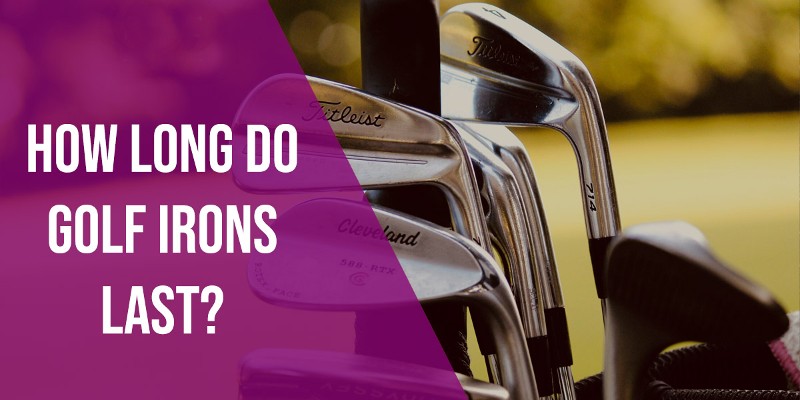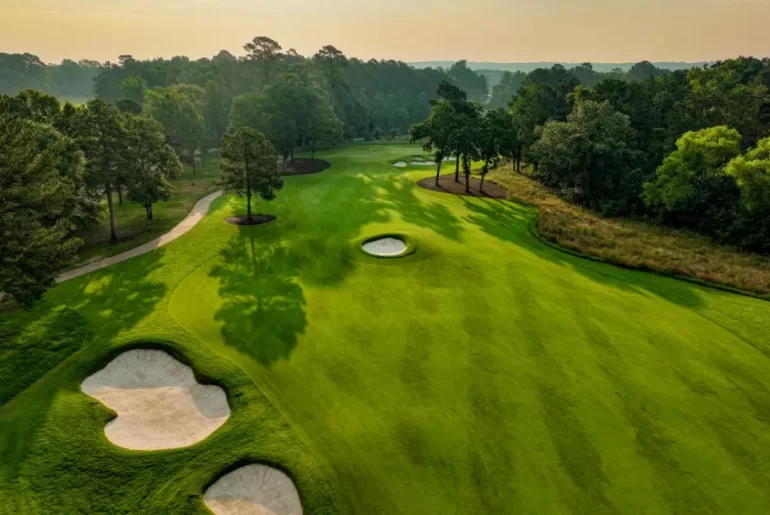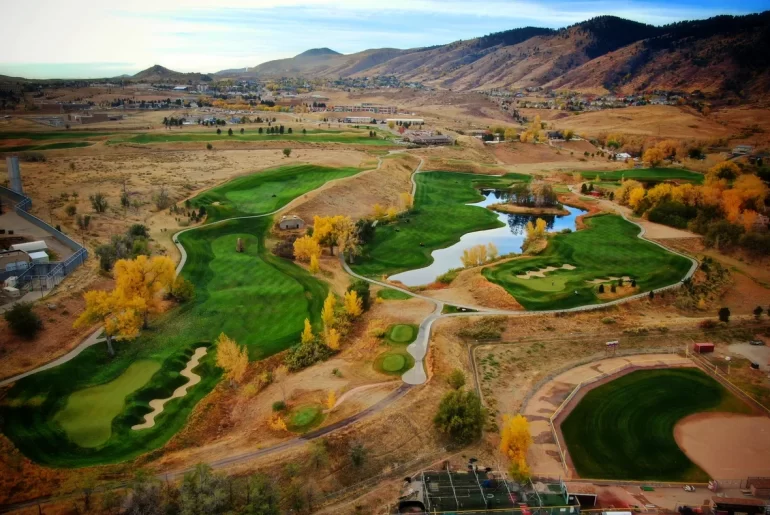|
Getting your Trinity Audio player ready...
|
Golf gear technology progresses swiftly, with manufacturers rolling out new irons annually, or in some cases, bi-annually. Price hikes have become standard, meaning you shell out significantly more for a set of irons today than you did five or six years ago.
Unless it’s crucial for you to keep up with the latest technology for competitiveness, there’s no urgency to join the yearly scramble for new golf irons. Let’s delve into how long your golf irons should ideally last.
How Long Do Golf Irons Last?
Providing a concise answer based solely on years is challenging due to numerous variables. A more pertinent query revolves around the number of rounds you can expect from a set of irons.
The replacement timeframe hinges on your golfing proficiency and how often you play. Your practice regimen could also impact the replacement cycle.
Durable irons will outlast cheaper counterparts lacking the same quality control measures and materials.
Generally, low handicap and frequent golfers might consider replacing their irons after about three hundred rounds or four to five years. This prevents wear in areas of frequent ball impact and keeps you updated with technological advancements.
More casual golfers, less focused on competition, could comfortably retain their irons for up to eight years, possibly stretching to ten, before falling too far behind in technology.
Commonly used clubs like short irons and wedges are likely to wear out sooner.
Another crucial aspect affecting the replacement cycle is how well you maintain your clubs.
Regular cleaning helps prevent unnecessary damage to grooves and maintains spin patterns. It’s frustrating when dirty clubs hinder distance control.
Signs That Your Clubs Require Replacing
You’ll notice when it’s time to replace your clubs. Consistently being outperformed by newer irons or visible signs of wear indicate it’s time for an upgrade.
Overall Condition
Worn grips, a damaged shaft, or loose ferrule are replaceable and don’t necessitate full replacement.
However, when the overall appearance of your irons indicates significant wear and tear, with numerous chips and scratches on the impact area or other irreparable signs, it’s time to explore new options.
Decrease in Performance
Over time, your clubs’ performance deteriorates. When you struggle to achieve familiar distances, can’t maneuver the ball as effectively, or notice diminished spin due to damaged grooves, it’s time to switch.
While regrooving is an option, it’s merely a temporary fix.
Other Reasons for Replacing Irons
Throughout your golfing journey, various factors may prompt iron replacements. Age-related distance loss can be compensated for with modern technology.
Swing Changes
As your swing evolves, so do your club requirements. Adjusting to improve performance or accommodate physical changes may necessitate changing clubs.
Technology Advancements
Technological progress introduces forgiveness and often distance, aiding competitiveness. If you’re grappling with a specific aspect of your game, exploring new technology could offer solutions without drastic swing changes.
Replace All Clubs or Just Irons?
There’s no need to replace all your clubs simultaneously or even all your irons at once. If your shorter irons and wedges exhibit significant wear while the rest are in good shape, focus on replacing only those showing signs of wear. Many golfers mix clubs from different sets for optimal performance without breaking the bank.
This approach allows you to stay current with technology affordably.
How to Extend Your Clubs’ Lifespan?
Regular maintenance can prolong your irons’ lifespan during use and storage.
Cleaning Your Irons
Regular cleaning is essential to prevent dirt buildup, which can lead to damage and reduced performance.
Storing Your Clubs
When not in use, store your clubs in a protected area away from extreme temperatures and sunlight. Avoid storing them in your car trunk, as temperature fluctuations can damage them.
Refurbishing Irons
Refurbishing can restore clubs’ appearance and performance to some extent but won’t match the latest technology.
Benefits of Replacing Irons
New irons often bring improvements in:
- spin
- distance
- Workability
- feel
- enhancing your game skills
How Often Do Pros Change Their Irons?
Professional golfers frequently upgrade to endorse the latest technology, often annually, as part of sponsorship deals, ensuring they maximize performance benefits.
Final Thoughts
The yearly influx of innovative technology tempts golfers, but upgrading solely for aesthetics or sound can be costly. While the trade-in market for used clubs isn’t always lucrative, exploring the secondhand market post-new release can offer budget-friendly options, albeit with caution regarding club age.





